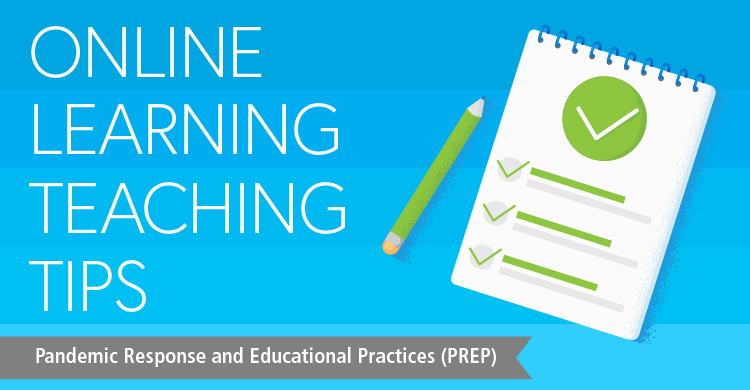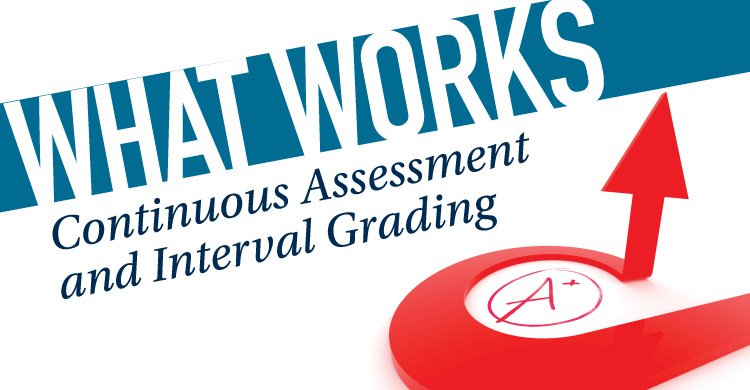The Missing Half
Prior to the COVID-19 pandemic, we could substantiate that the majority of a school’s office


Prior to the COVID-19 pandemic, we could substantiate that the majority of a school’s office
Every year hundreds of educators visit White River School District to observe the work of

This entry is the tenth in a blog series called Pandemic Response and Educational Practices

Based on Behavior Solutions: Teaching Academic and Social Skills Through RTI at Work™ First came RTI,

In our recent publication, Beyond the Grade, our primary goal was to highlight practices proven